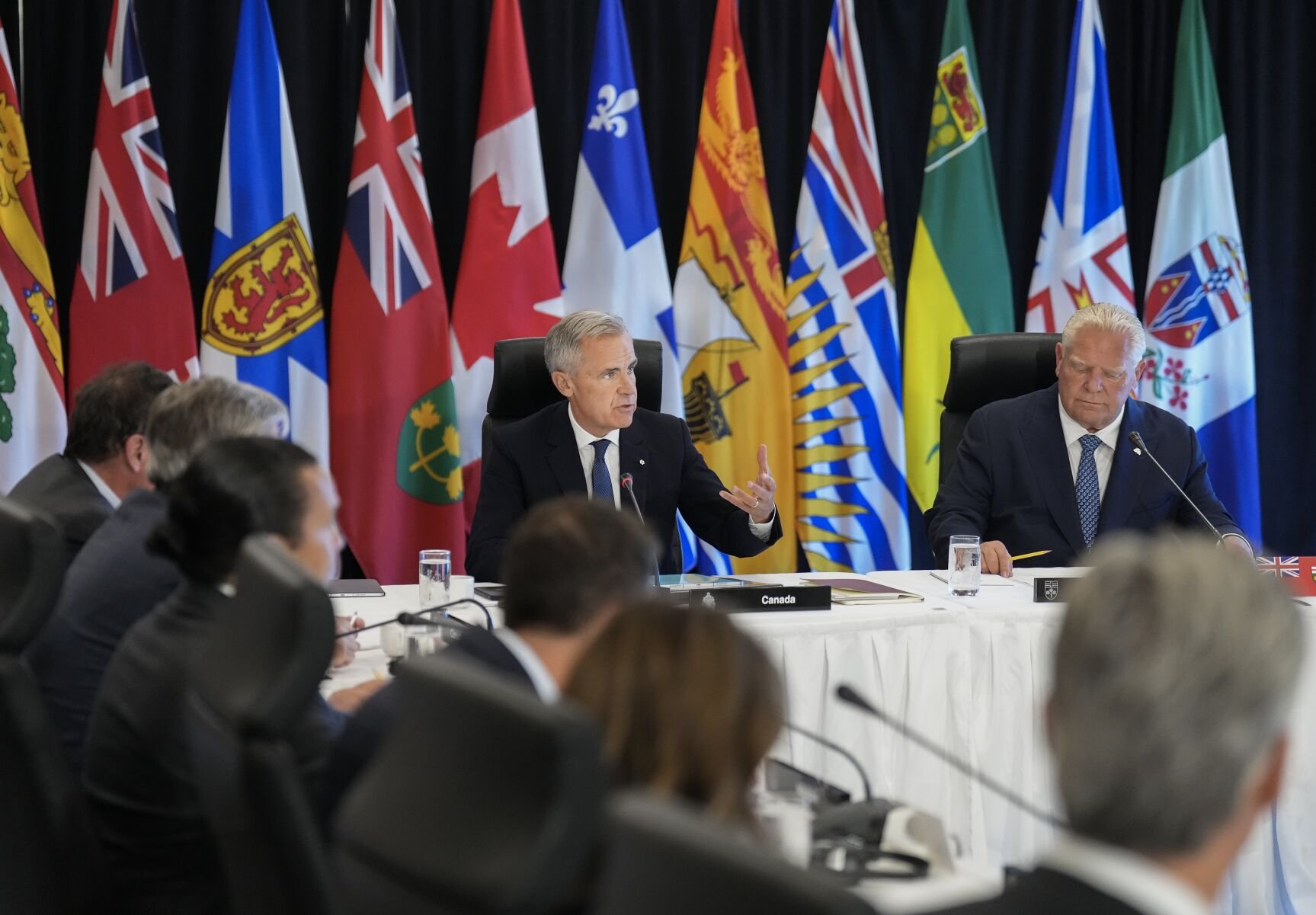During Donald Trump’s first term as president, it was clear that his approach to trade was anything but conventional. His broader tariff strategy, particularly against China, signaled a new era of economic nationalism. It seemed that free trade and the liberal order that characterized the post-Second World War era was coming to an end.Â
When Joe Biden took office in 2020, protectionism didn’t disappear, it just became more polite. Now, with Trump back in the White House in 2024, it is clear the era of free trade has ended.Â
I , warning that our country’s overreliance on the U.S. market was a strategic vulnerability. At the time, 75 per cent of our trade was with the U.S., a convenient but risky arrangement.
The U.S. is a natural partner for us with a large and English-speaking market, which is easy for Canadian companies to connect with. But from a country risk perspective, it’s a single point of failure. Seven years later our dependence on the U.S. remains as high as ever and our convenient arrangement is at risk from Trump’s tariffs.
For years, Canadian governments and businesses hoped things would “work out.” That hope has now run out and it’s clear U.S. is not the reliable trading partner of the past many decades.
, “America wants our land, our resources, our water, our country … These are not idle threats.” It would be dangerously naïve to assume these ambitions will fade. Canada must defend its prosperity and its sovereignty with clear-eyed strategy, not wishful thinking.
There are two key fronts where Canada must act. First, Canada must respond to Trump’s tariffs with strategic restraint. As Carney has acknowledged, any deal with Trump will likely include tariffs.
But there’s more at stake — especially in terms of security cooperation. Canada must allow Trump to claim a “great deal” for America, even if the substance tells a different story. This is not about winning; it’s about damage control. Canada is currently in negotiations with the U.S., under the threat of even more tariffs. We need to tread carefully to get the best deal possible, which maintains our access to the U.S. market and addresses American security concerns.
The second and more important response is addressing our dependence on the U.S. over the long-term. Canada must diversify its trade relationships and reduce its economic dependence on the U.S. This doesn’t mean abandoning our largest trading partner, but it does mean expanding where we sell our products.
We must accelerate and expand trade agreements with countries in Asia, Europe, and Latin America. Diversifying trade partners reduces our vulnerability to U.S. policy shifts. Fast-tracking agreements with high-growth regions can open new markets for Canadian goods, services and innovation.
We must invest in infrastructure that connects Canadian goods to global markets. Ports, railways and digital infrastructure are critical to ensuring Canadian exports reach international buyers efficiently. Strategic investments can reduce bottlenecks and make Canada a more attractive trade partner.
We must support Canadian firms in scaling globally. Many Canadian companies struggle to grow beyond the domestic market due to limited access to capital, networks, or expertise. Targeted support, through export financing, , and innovation hubs, can help them compete on the world stage.
Finally, we must eliminate interprovincial trade barriers. These internal obstacles cost the Canadian economy billions annually and limit the efficiency of our domestic market. Removing them would create a truly national economic space, allowing businesses to scale more easily within Canada before going global.
While is being made by Internal Trade Minister Chrystia Freeland and the provincial and territorial governments, they must continue to their work with urgency.
Looming over the trade dispute is the crisis of Canada’s productivity, which has been in free fall for many years. In 1967, on its 100th birthday, Canada was the third richest country in the world. Today, Canada has fallen to 17th globally. That means that 14 countries have surpassed Canada, not on size, but on prosperity. This is a decline in the well-being and economic success of the country.
Canada’s economic weakness makes us incredibly vulnerable to the U.S. The policies I suggest will not only help us with our trade issues with the U.S. but go a long way to solving our productivity problems as well.
Error! Sorry, there was an error processing your request.
There was a problem with the recaptcha. Please try again.
You may unsubscribe at any time. By signing up, you agree to our and . This site is protected by reCAPTCHA and the Google and apply.
Want more of the latest from us? Sign up for more at our newsletter page.



























To join the conversation set a first and last name in your user profile.
Sign in or register for free to join the Conversation